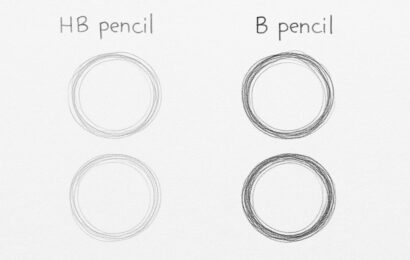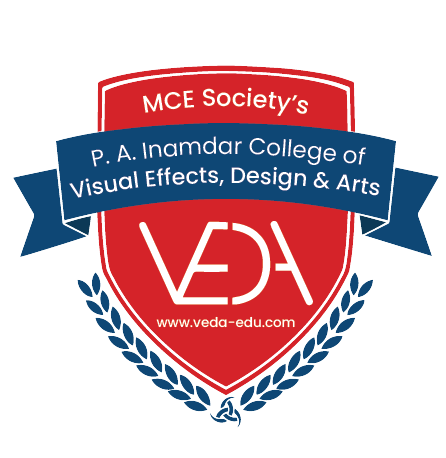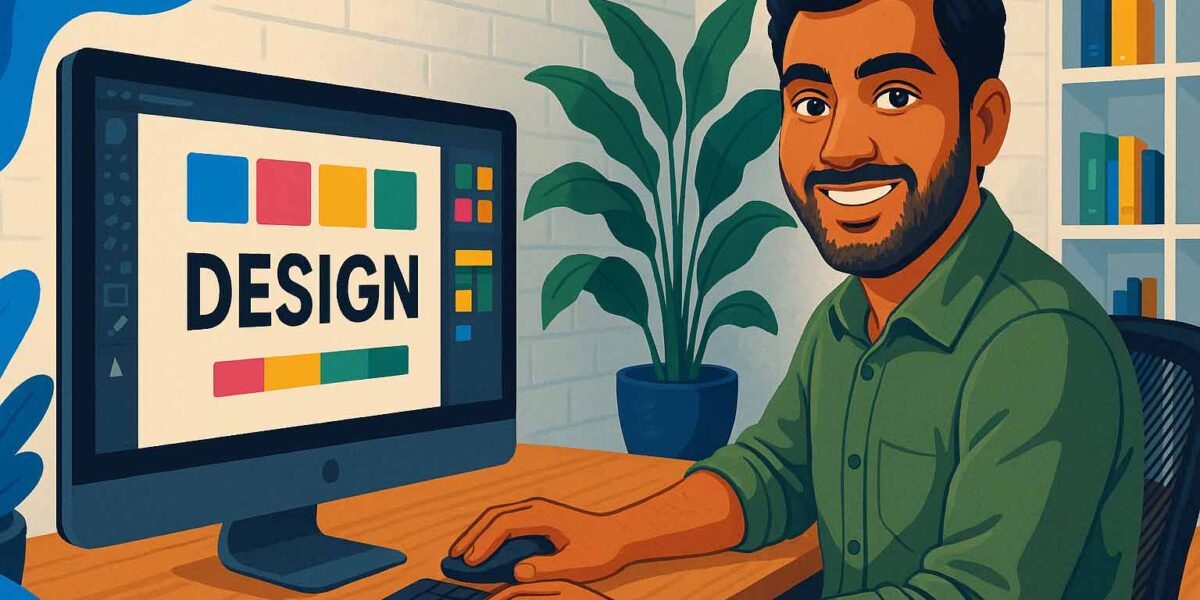So, you want to be a designer? That’s awesome! But where do you even start? There are so many different tools and techniques to learn, and it can be tough to know where to begin.
Don’t worry, though. I’ve been there. I’m a designer myself, and I remember how overwhelming it all seemed when I was first starting out. But with a little time and effort, I was able to master the basics and start creating some really cool stuff.
In this blog post, I’m going to share some of the essential tools that every aspiring designer should know about. These tools will help you create beautiful and effective designs, no matter what your skill level is.
Essential Tools for Aspiring Designers
- A Good Pencil: Don’t underestimate the power of a well-chosen pencil. A good quality pencil, like a graphite pencil with a HB or 2B lead, provides the perfect balance of smoothness and control. This allows you to effortlessly sketch out ideas, refine proportions, and create detailed drawings. Experiment with different pencil grades to achieve varying levels of darkness and texture, adding depth and dimension to your sketches.


- A Sketchbook: A sketchbook is your creative playground, a place to experiment freely and capture fleeting inspirations. Choose a sketchbook that inspires you – whether it’s a classic moleskine, a vibrant watercolor sketchbook, or a sturdy bound journal. Fill its pages with rough sketches, color palettes, mood boards, and anything else that sparks your imagination. Your sketchbook becomes a visual diary of your creative process, reflecting your growth and evolution as a designer.
- A Computer: In today’s digital age, a computer is no longer a luxury but a necessity for any designer. It provides access to a vast array of design software, allowing you to create digital artwork, manipulate images, and bring your ideas to life on screen. A reliable computer with sufficient processing power and ample storage space will be your primary workstation, enabling you to seamlessly transition from sketching to digital design.

- Design Software: The world of design software offers a plethora of options, each with its own unique strengths and capabilities.
- Adobe Photoshop reigns supreme for image editing and manipulation, allowing you to retouch photos, create stunning digital art, and design intricate compositions.
- Adobe Illustrator is the go-to tool for creating vector graphics, ideal for logos, illustrations, and designs that need to be scaled without losing quality.
- Adobe InDesign is a powerful layout and publishing software, perfect for creating brochures, magazines, and other print materials.

- A Strong Portfolio: Your portfolio is your showcase, a curated collection of your best work that demonstrates your skills and creativity to potential clients or employers. Treat your portfolio as a living document, constantly updating it with new projects and refining its presentation. A well-organized and visually appealing portfolio can make a lasting impression and open doors to exciting opportunities.
- A Strong Work Ethic: Design is a demanding field that requires dedication, discipline, and a strong work ethic. Be prepared to invest time and effort in honing your skills, experimenting with new techniques, and staying updated on industry trends. Embrace challenges, learn from your mistakes, and consistently strive for improvement.


- A Strong Work Ethic: Design is a demanding field that requires dedication, discipline, and a strong work ethic. Be prepared to invest time and effort in honing your skills, experimenting with new techniques, and staying updated on industry trends. Embrace challenges, learn from your mistakes, and consistently strive for improvement.
Additional Tips for Aspiring Designers:
- Take design classes: Formal education can provide a structured learning environment and valuable insights from experienced instructors.
- Practice consistently: Regular practice is essential for honing your skills and developing a strong design intuition.
- Seek feedback: Share your work with others and actively solicit constructive criticism to identify areas for improvement.
- Network with other designers: Connect with fellow designers through online communities, workshops, and industry events to learn from their experiences and build valuable relationships.
- Stay curious and keep learning: The world of design is constantly evolving, so stay updated on the latest trends, technologies, and best practices.
I would also like to add that it’s important to find your own unique style as a designer. Don’t be afraid to experiment and try new things. The most important thing is to have fun and enjoy the process of creating.
I hope this blog post has inspired you to start your own design journey. If you have any questions, please feel free to leave a comment below.
Thank you for reading!
Happy designing!


